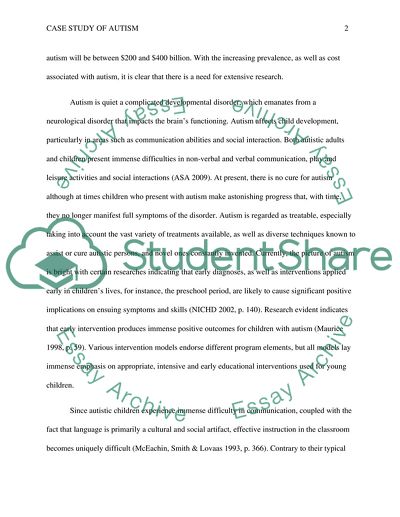Cite this document
(“Autism Spectrum Disorder: Case Study Essay Example | Topics and Well Written Essays - 3000 words”, n.d.)
Autism Spectrum Disorder: Case Study Essay Example | Topics and Well Written Essays - 3000 words. Retrieved from https://studentshare.org/health-sciences-medicine/1612665-case-study-of-autism
Autism Spectrum Disorder: Case Study Essay Example | Topics and Well Written Essays - 3000 words. Retrieved from https://studentshare.org/health-sciences-medicine/1612665-case-study-of-autism
(Autism Spectrum Disorder: Case Study Essay Example | Topics and Well Written Essays - 3000 Words)
Autism Spectrum Disorder: Case Study Essay Example | Topics and Well Written Essays - 3000 Words. https://studentshare.org/health-sciences-medicine/1612665-case-study-of-autism.
Autism Spectrum Disorder: Case Study Essay Example | Topics and Well Written Essays - 3000 Words. https://studentshare.org/health-sciences-medicine/1612665-case-study-of-autism.
“Autism Spectrum Disorder: Case Study Essay Example | Topics and Well Written Essays - 3000 Words”, n.d. https://studentshare.org/health-sciences-medicine/1612665-case-study-of-autism.


